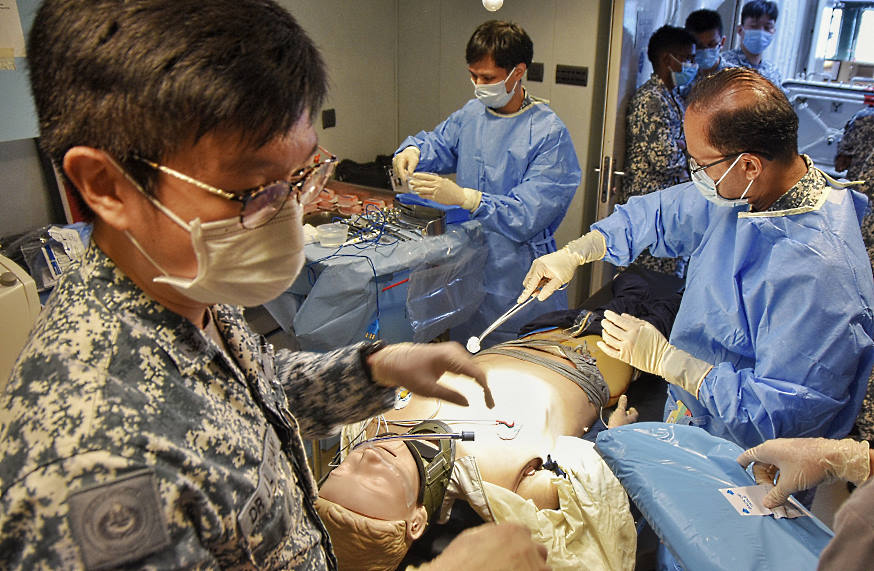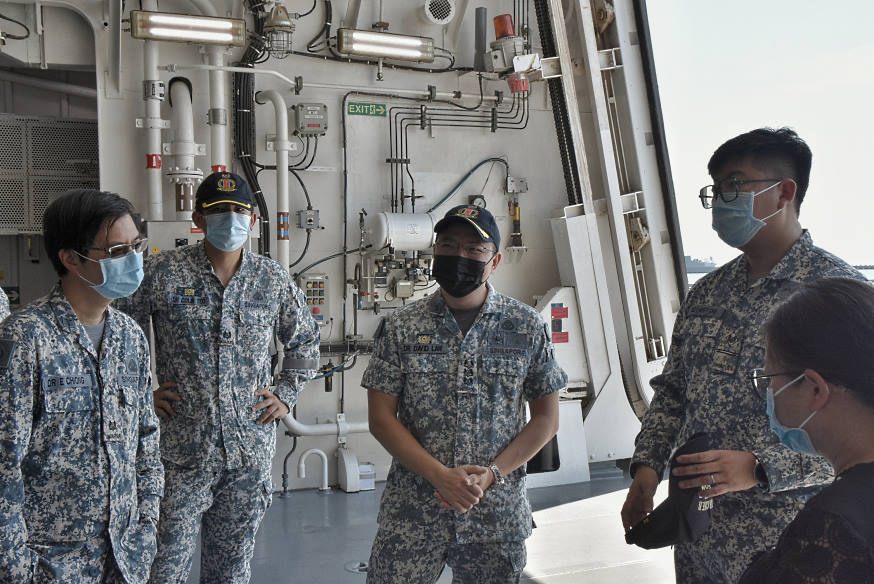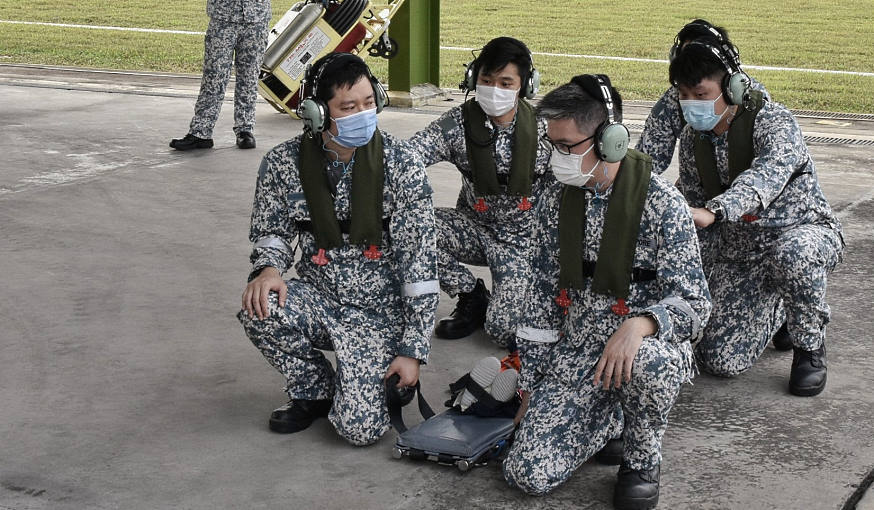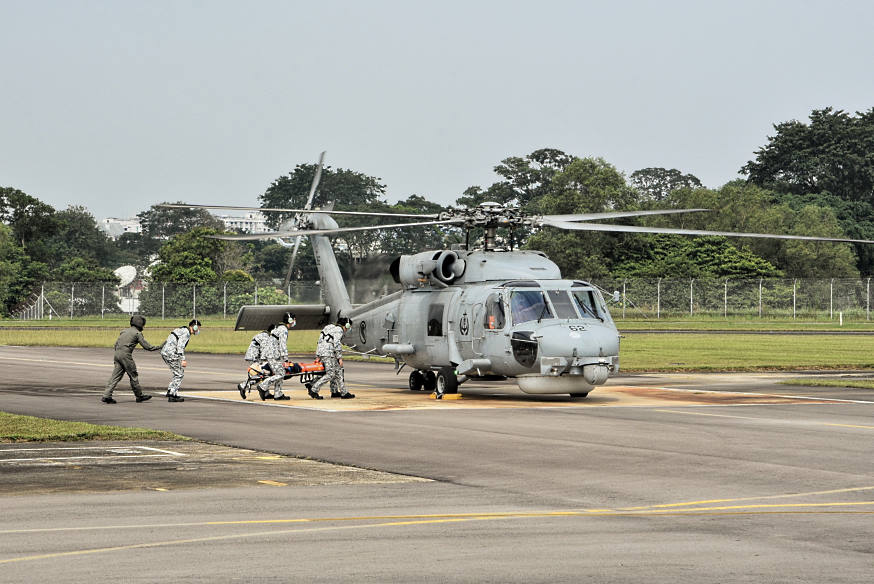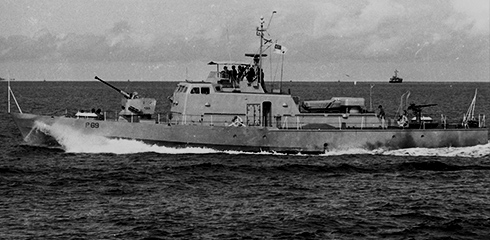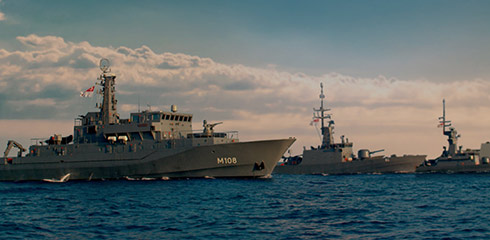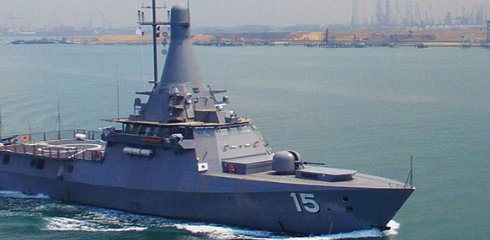Our Navy Medical Service (NMS) has had an exceptionally busy two years. From supporting the nationwide fight against the COVID-19 pandemic to their everyday work in ensuring comprehensive healthcare for our Navy Family, they also deployed in support of various operations and exercises.
Keeping Our Medical NSmen Ready
Despite this heavy workload, NMS recognises the importance of ensuring that the medical competencies of our National Servicemen (NSmen) are not compromised and have gradually resumed regular in-camp training (ICT).
The most recent ICT in November involved 23 NSmen medical officers and medics from the Shipboard Surgical Section. These medical personnel are trained to provide medical support, including performing surgical procedures, when they are deployed on board ships equipped with surgical facilities, such as the Formidable-class frigates.
Preparing for a Safe ICT
In preparation for the ICT, our NSmen underwent a COVID-19 testing regime and abided by a comprehensive list of Safe Management Measures to minimise the risk of COVID-19 transmission during their training. These measures comprised mask-wearing and keeping the activities within small groups.
Progressive Training
The training was conducted in phases, starting with shore component training before moving on to shipboard training. Over the course of their ICT, our NSmen were able to refresh themselves with medical procedures such as the assessment and triage of casualties, and performing surgical procedures within the shipboard operating theatre.
In addition, our NSmen practised the workflow processes for setting up and providing High Dependency and Intensive Care Unit-level care on board the Formidable-class frigate RSS Supreme. During this training, they were put through their paces in various medical scenarios.
Performing surgical procedures for a casualty at the frigate's medical centre, with the casualty simulated by a High Fidelity Medical Simulation Mannequin. Unlike the older mannequin models used previously, these mannequins provide an added dimension to the scenario by simulating responses such as measurable blood pressure and heart rates – definitely a step up in providing realistic training!
The shipboard training culminated in a simulated medical evacuation via helicopter. This option is usually activated in the event of an emergency, and when the casualty requires more complex medical procedures ashore.
To this end, our NSmen practised preparing and safely transferring such a casualty onto a helicopter.
“ I definitely felt confident going into this ICT with the safe management measures in place. Coming back to train is important, and it was an eye-opening experience after spending some time outside the Navy. Coming back to NMS also felt like a reunion of sorts, and it was a great way to reminisce about the times we spent sailing. ”
- 3SG (NS) Tang Yong Jen (back row, left)
Till the Next ICT!
With the successful conclusion to this ICT, we once again bade farewell to our NSmen and look forward to the next time when they are back with the Navy family. With refreshed medical skills, our NSmen stand ready!
#DareToExcel!
Photos courtesy of NMS and 123 SQN.


